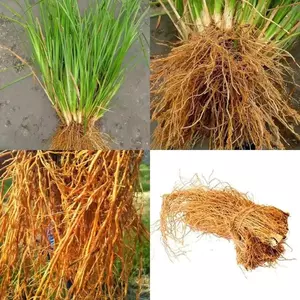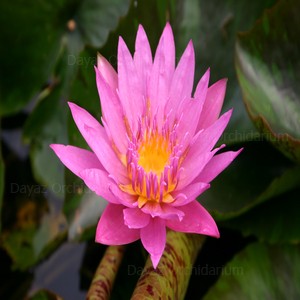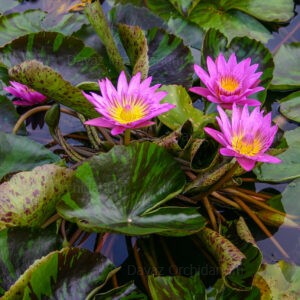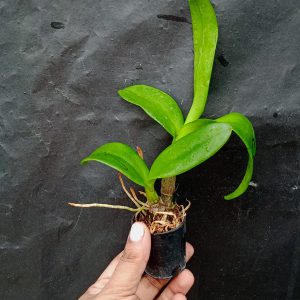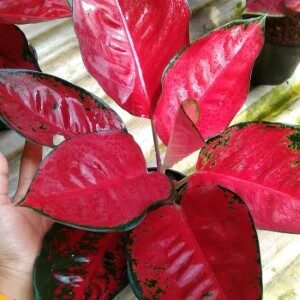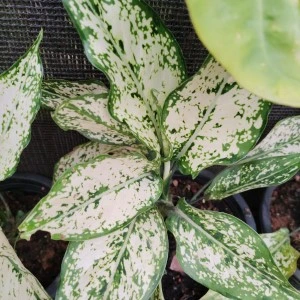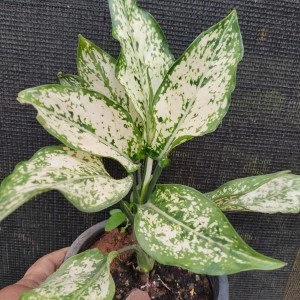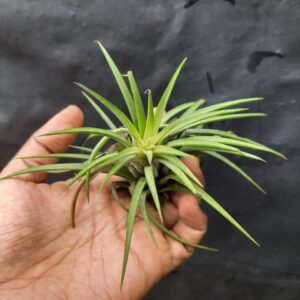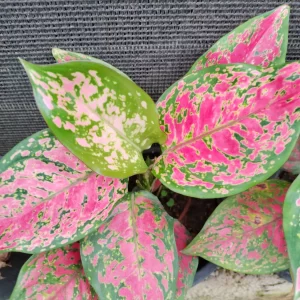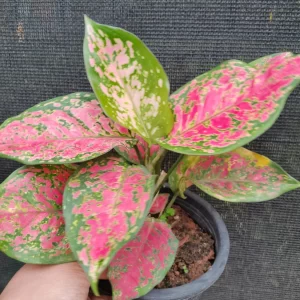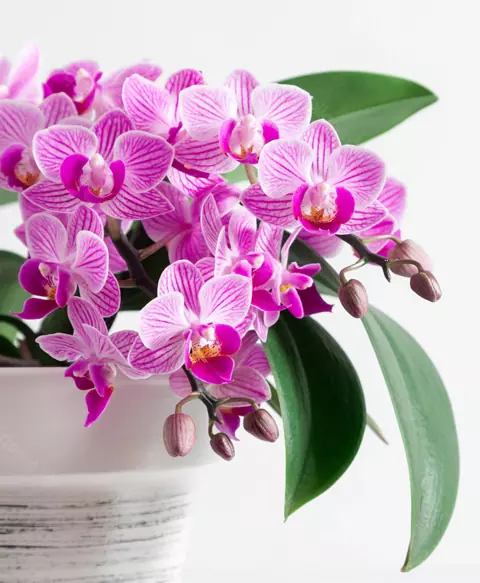1. Soil Requirements
Soil Type: Vetiver can grow in a wide range of soil types, from sandy to clay soils. However, it prefers well-draining, fertile soil with a slightly acidic to neutral pH (6.5 to 7.5).
Erosion Control: Vetiver’s deep root system is ideal for preventing soil erosion and stabilizing slopes, making it useful in both gardens and agricultural applications.
2. Light
Full Sun: Vetiver requires full sunlight for optimal growth. It should be planted in an area that receives at least 6 hours of direct sunlight per day.
3.Watering
Moderate Watering: During the initial growth period, regular watering is needed to establish the roots. Once established, vetiver is highly drough t-tolerant and can survive with minimal watering.
Avoid Waterlogging: Ensure the soil has good drainage, as vetiver does not do well in waterlogged conditions.
4. Fertilizing
Organic Matter: Incorporate organic matter like compost or well-rotted manure into the soil before planting. Vetiver doesn’t require heavy fertilizing but benefits from occasional feeding with organic compost or balanced fertilizer during the growing season.
5. Pest and Disease Control
Pest Resistant: Vetiver is relatively pest-resistant and doesn’t require much in the way of pest control. It is known for being a hardy plant that thrives even in difficult conditions.
Fungal Issues: Avoid overwatering, as this can lead to root rot or fungal problems.
6. Harvesting
Root Harvesting: Vetiver roots are harvested for their aromatic and medicinal properties. The roots can be harvested 18 to 24 months after planting. Dig up the entire plant, clean the roots, and dry them in a well-ventilated space.


